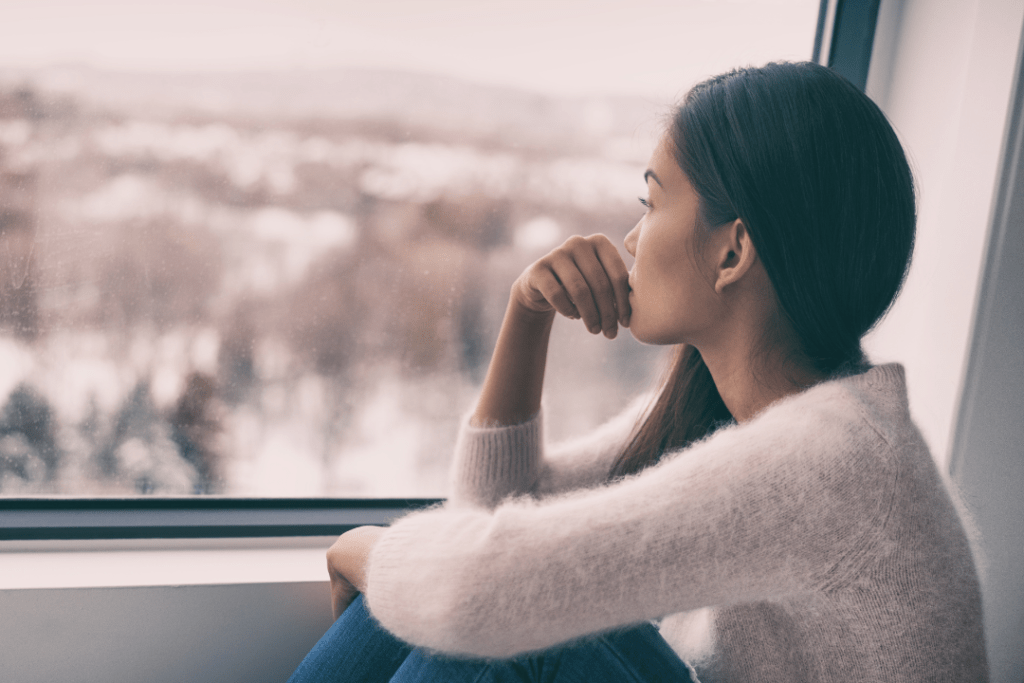For women to be safe, they must be equal.
This is the story that needs to be told to end violence against women in this country.
This issue is gendered. It’s about power. It’s about control. It’s about exclusion. The evidence is clear.
It robs on average a woman a week of their life, and it risks denying all women the right to reach their full potential.
If there was one lesson from the recent federal election, it was a blistering reminder that women’s equality is firmly on the national agenda.
The election of a record number of women marked a pivotal moment in our history. It halts Australia’s 20-year decline in the international ranking of women in national parliaments.
And it follows on from an extraordinary national conversation about gendered violence, sustained over the best part of two years, saying: enough is enough.
Whether it’s in parliaments, boardrooms, or living rooms, we each have a sphere of influence where we tangibly contribute to a more equal future.
And this includes newsrooms too. Which is why it’s important we share and recognise excellence in reporting this critical issue.
It can influence whether women who experience violence or harassment choose to speak out or seek support.
It also helps the community understand how widespread it is, who is affected, what drives it, and importantly – the role everyone can play to ensure women are safe, valued and equal.
Last night, Bethany Atkinson-Quinton and Madison Griffiths were awarded the Our Watch Award for excellence in reporting on violence against women and children at the mid-year Walkley Awards. Their at-times harrowing and uplifting podcast looked at domestic violence through the eyes of victim-survivor, Roia Atmar.
Now, more than ever, it’s important to recognise and reward excellence in reporting on violence against women, and each of the finalists have excelled in what’s been an incredible year for journalism.
The sustained attention on this issue has embodied and emboldened Australians’ desire to change the story of violence against women in this country.
From Walkley award-winning journalist and sexual assault survivor Nina Funnell’s campaign to overturn sexual abuse victim gag laws, to Samantha Maiden’s outstanding work breaking Brittany Higgins’ allegation of sexual assault in Parliament House – these are stories driving change.
They have changed laws and changed attitudes. They have both shocked us and given us hope.
But we can and must do better at responsibly telling the countless stories of abuse suffered by First Nations women at disproportionate and unacceptable numbers.
These moments explored a harrowing issue with tenacity, nuance and empathy, sending a powerful message to victim-survivors across the country: We see you, we hear you, we believe you.
Through Our Watch’s National Media Engagement program, 46 journalists have undertaken a fellowship to learn best-practice reporting on violence against women over the last three years.
Hundreds of journalists have accessed Our Watch’s media reporting guidelines, participated in newsroom training, events and seminars that focus on how their reporting can influence and change community attitudes and behaviours.
This is the power of good journalism.
To finish where I began – woman’s safety cannot be disentangled from their empowerment.
Violence against women is both a symptom and a cause of gender inequality – and equality is at the heart of the solution.


